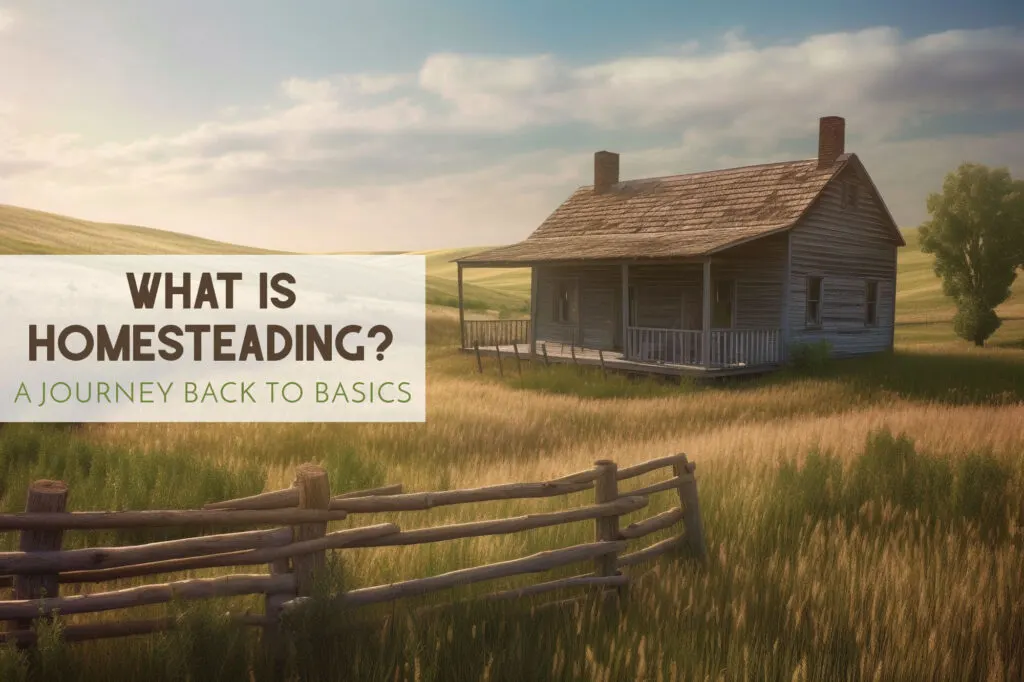As the world becomes increasingly fast-paced and disconnected, many people are searching for ways to reconnect with nature and simplify their lives. Homesteading is an old concept, but it still offers a path to self-sufficiency, sustainability, and a healthier lifestyle. It ties neatly in with off grid living, sharing many of the same practices and principles.
In this comprehensive guide, we’ll explore the history of homesteading, discuss modern homesteading practices, and offer suggestions for incorporating homesteading principles into your life, even if you live in an urban or suburban environment.
What is homesteading?
The traditional definition of homesteading is the act of establishing a permanent residence on a piece of land, typically through farming or other forms of self-sufficient living. It is often associated with the settling of the American West in the 19th century, when the government offered land to individuals who were willing to cultivate and improve it.
Today, homesteading is a lifestyle choice for many people seeking greater independence and sustainability. It can involve growing your own food, raising livestock, building and maintaining your own shelter, and producing your own energy.
The goal is to reduce your reliance on external resources and create a more fulfilling, environmentally friendly life. Homesteading can take many forms, from a balcony container garden in a large city to a sprawling rural farm.
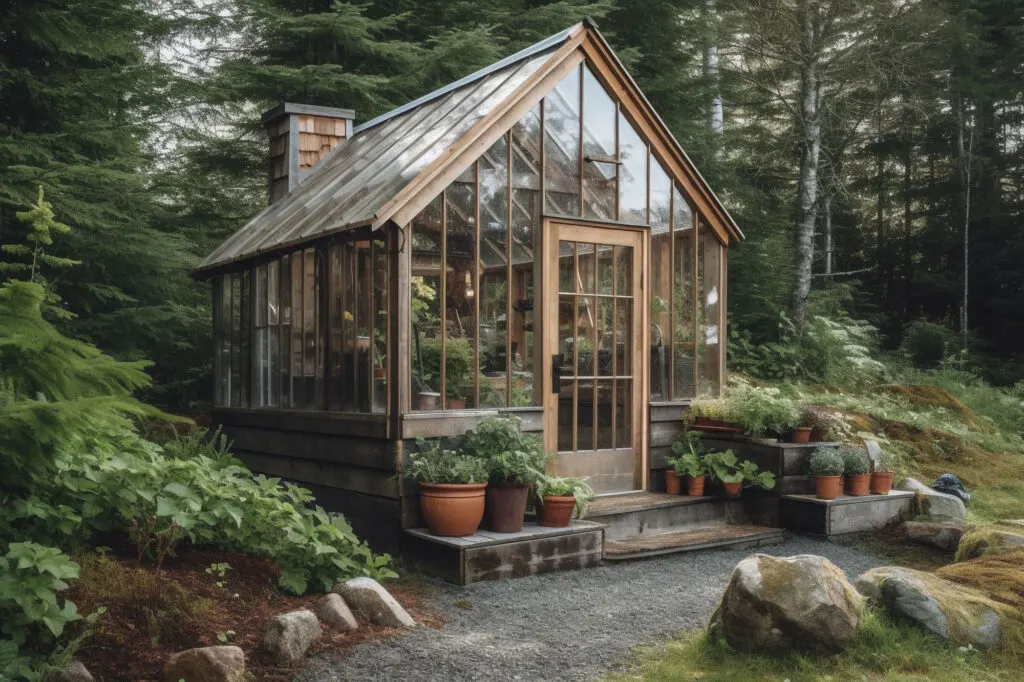
The history of homesteading
The concept of homesteading can be traced back to the Homestead Act of 1862 in the United States. This legislation encouraged westward expansion by offering settlers 160 acres of public land, provided they built a dwelling, farmed the land, lived on the property for at least five years, and paid a small registration fee.
Thousands of people took advantage of this opportunity, establishing small, self-sufficient farms nationwide.
While the Homestead Act was officially repealed in 1976, the spirit of homesteading lived on as people continued to seek self-reliance and connection to the land.
In the 1960s and 1970s, the back-to-the-land movement gained traction as people sought to escape the trappings of modern society and return to simpler, more sustainable ways of living.
Modern Homesteading: A Contemporary Approach
Homesteading has evolved to encompass a variety of practices aimed at a lifestyle of self-sufficiency and sustainability.
While modern homesteaders may still grow their own food and raise livestock, they often incorporate other environmentally friendly practices, such as using renewable energy sources, reducing waste, and conserving water. This is why homesteading is sometimes synonymous with off grid living.
Modern homesteading can mean different things to different people and take many forms. It could be a small-scale garden with a few backyard chickens or a large farm with crops, livestock, and extensive renewable energy systems on hundreds of acres of land.
The key is to find the right balance for your lifestyle, resources, and goals.
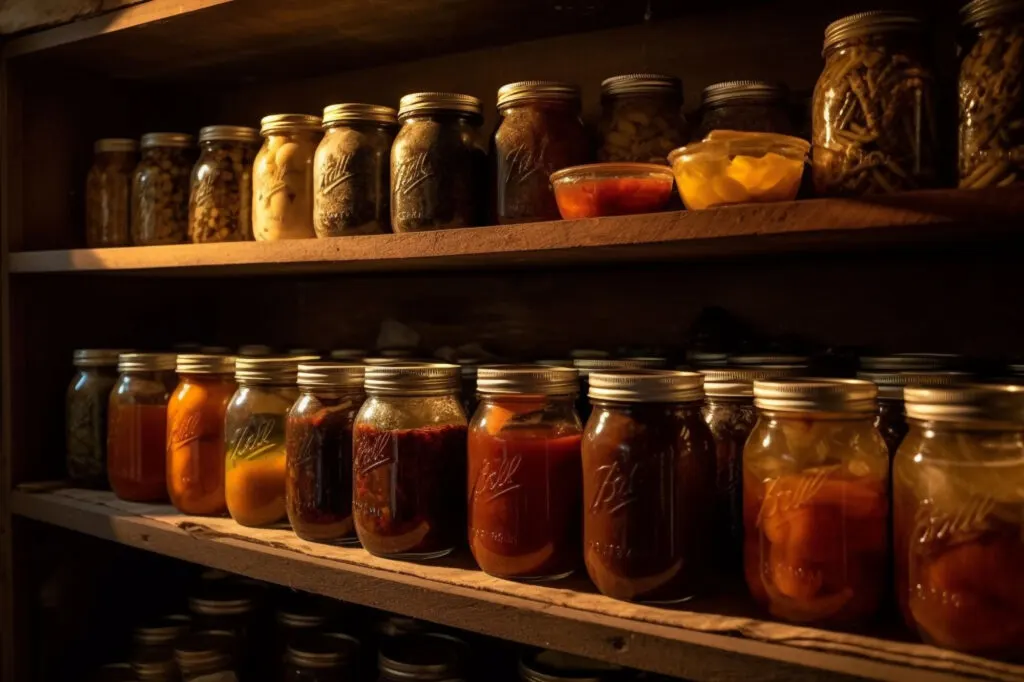
Here are some common practices for modern homesteaders:
- Growing a garden: Cultivate a mix of vegetables, fruits, and herbs to provide fresh, healthy food for your family. Whether using container gardening on a small scale or building raised beds in a backyard, there are many ways to grow fresh produce, no matter the size of your growing space.
- Raising livestock: Consider keeping your own chickens for eggs, bees for honey, or goats for milk if you have the space. While raising livestock can provide modern homesteaders with food, fertilizer, and income, it is not necessary for everyone and can require a significant amount of time, energy, and resources.
- Preserving food: Learn to can, freeze, and dehydrate your homegrown produce to enjoy year-round. Learning how to preserve food can be incredibly beneficial, as it allows for more efficient use of space and can save money in the long run. Keeping preserved food on hand is also a smart way to ensure you’re prepared for emergencies.
- Composting: Turn your kitchen scraps and yard waste into nutrient-rich compost for your plants. This is easier than you might think. Tumbling composters come in convenient sizes that take up very little space. Or preserve a small part of your garden for a compost pile that you occasionally turn by hand. I have found this to be the easiest way to utilize kitchen scraps.
- Conserving water: Collect rainwater, use drip irrigation, and employ water-saving techniques in your home wherever possible. If you are living off grid, consider reusing your greywater for other purposes like irrigation. Even urban gardeners often collect rainwater for their indoor plants.
- Embracing renewable energy: Install solar panels, wind turbines, or a small-scale hydroelectric system to power your homestead, if possible.
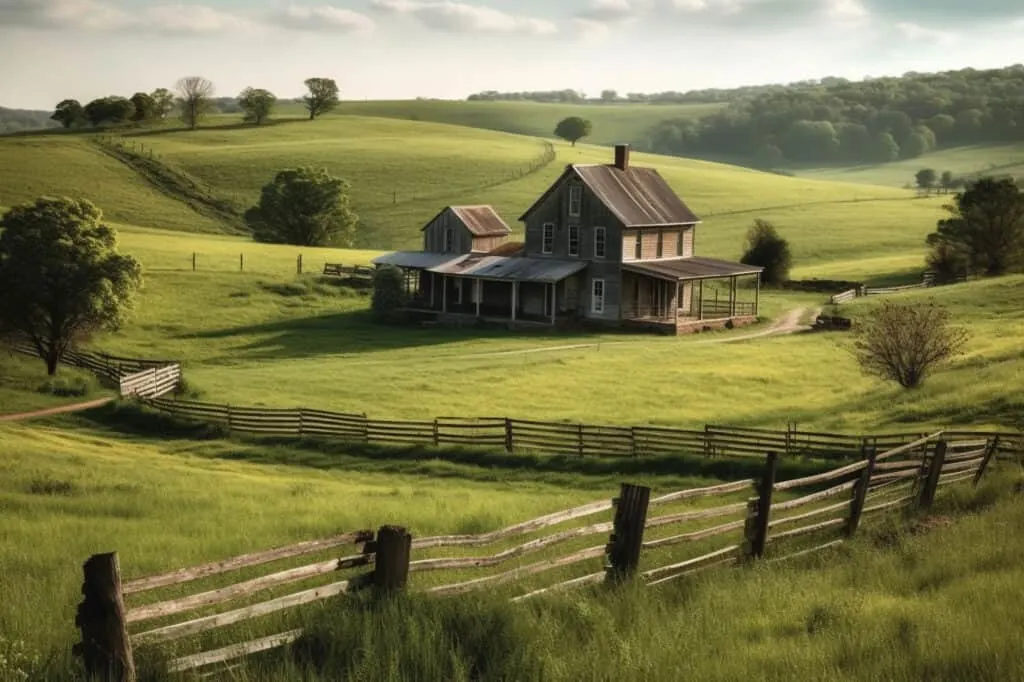
Urban and Suburban Homesteading: Embracing Simplicity in the City
You don’t have to live on a large piece of land to embrace the homesteading lifestyle. Even if you reside in an urban or suburban setting, there are plenty of ways to incorporate self-sufficiency and sustainability into your life. Here are some suggestions:
- Container gardening: If you have limited space, grow vegetables, herbs, and even small fruit trees in containers on your balcony, patio, or windowsill. Vertical gardening techniques can also help maximize your growing area.
- Community gardens: Join or start a community garden in your neighborhood where you can grow food and connect with like-minded individuals. To get more variety, you and your neighbors can focus on growing different crops, then trade when harvest time comes around.
- Urban livestock: Many cities now allow residents to keep a small number of chickens, rabbits, or bees in their backyard. Check your local regulations and consider adding small-scale livestock to your urban homestead.
- Indoor gardening: Utilize grow lights and hydroponic systems to cultivate plants indoors, allowing you to grow fresh produce year-round.
- Green your home: Make your living space more energy-efficient by sealing drafts, upgrading insulation, and installing energy-saving appliances.
- Reduce, reuse, recycle: Embrace a zero-waste lifestyle by reducing your consumption, reusing items whenever possible, and recycling what you can’t use.
- Learn practical skills: Develop new skills that promote self-sufficiency, such as sewing, woodworking, and basic home repairs. Home preservation of food is a great skill for people in just about any living situation.
- Barter and trade: Connect with other urban homesteaders to trade goods and services, fostering a sense of community and reducing your reliance on the mainstream economy.
- Buy local: Many communities now have shops where you can find wholesome local food and support local artisans and retailers. This is a great way to practice homesteading principles in urban areas.
- Save energy: If renewable energy systems aren’t feasible in your living situation, you can still save energy in small ways that add up. One of the simplest ways is to switch to energy-efficient light bulbs that use less energy and last longer than traditional incandescent bulbs. Another way is to unplug electronics when they’re not in use. Additionally, using public transportation, biking, or walking instead of driving a car can help reduce emissions and the use of fossil fuels.
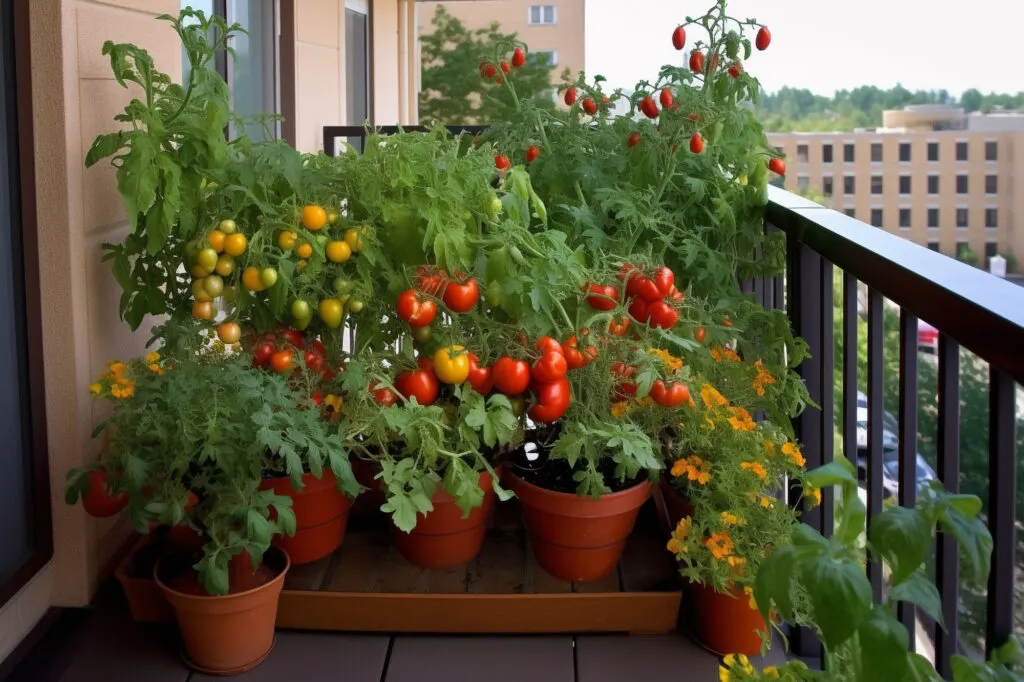
Common questions about homesteading
What is the difference between homesteading and subsistence agriculture?
Subsistence agriculture and homesteading share several similarities and are often intertwined in practice. Both focus on a self-sufficient lifestyle, sustainability, and a close connection to the land. However, they also have distinct differences in their primary objectives and scope.
Subsistence farming refers to a type of farming where the primary goal is to grow enough food to meet the needs of the farmer and their family, with little or no surplus for trade or sale. In subsistence agriculture, the focus is on producing food crops and raising livestock for personal consumption rather than for commercial purposes.
This form of farming is often practiced in developing countries or rural areas where access to markets and modern agricultural technologies is limited.
On the other hand, homesteading is a broader lifestyle choice that encompasses self-sufficiency and sustainability beyond just food production.
While growing food and raising livestock are essential aspects of homesteading, this lifestyle also includes other elements such as building and maintaining shelter, producing energy, conserving resources, and developing practical skills.
The modern-day homesteader aims to create a more self-reliant, environmentally friendly, and fulfilling way of life.
For individuals interested in pursuing a homesteading lifestyle, incorporating subsistence agriculture practices can be a valuable way to increase self-reliance, reduce environmental impact, and strengthen the connection to the land.
By focusing on producing the majority of their own food, homesteaders can enjoy the benefits of fresh, locally grown produce, reduce their reliance on the commercial food system, and gain a deeper appreciation for the natural world.
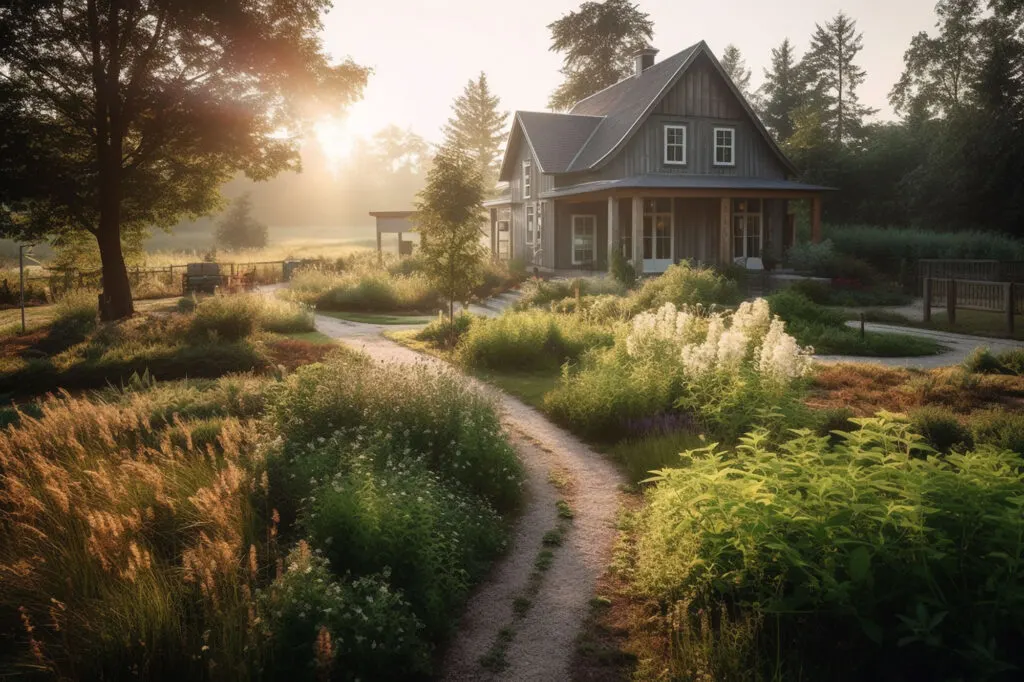
What is the homestead tax exemption?
The homestead tax exemption is a legal provision that offers property tax relief to homeowners by reducing the taxable value of their primary residence, also known as their “homestead.”
The purpose of this tax exemption is to make homeownership more affordable and protect families from being taxed out of their homes due to rising property values. The specifics of the homestead tax exemption, including eligibility requirements and exemption amounts, vary by state or local jurisdiction in the United States.
To qualify for a homestead tax exemption, homeowners typically must meet the following criteria:
- Ownership: The homeowner must own and hold the title to the property.
- Primary residence: The property must be the homeowner’s primary residence, meaning they live there for the majority of the year.
- Filing an application: Homeowners must file an application or affidavit with their local tax assessor’s office to claim the exemption.
Once granted, the homestead tax exemption reduces the property’s taxable value by a specific amount or percentage, depending on the rules of the jurisdiction. This reduction in taxable value ultimately results in lower property taxes for property owners.
It is important to note that the homestead tax exemption applies only to property taxes and does not affect other taxes, such as income or sales taxes.
This exemption should not be confused with the historical Homestead Act of 1862, discussed above, which provided land to settlers to establish self-sufficient farms.
Homeowners should consult their local tax assessor’s office or state tax department for specific information regarding the homestead tax exemption in their area, including eligibility requirements, application procedures, and exemption amounts.
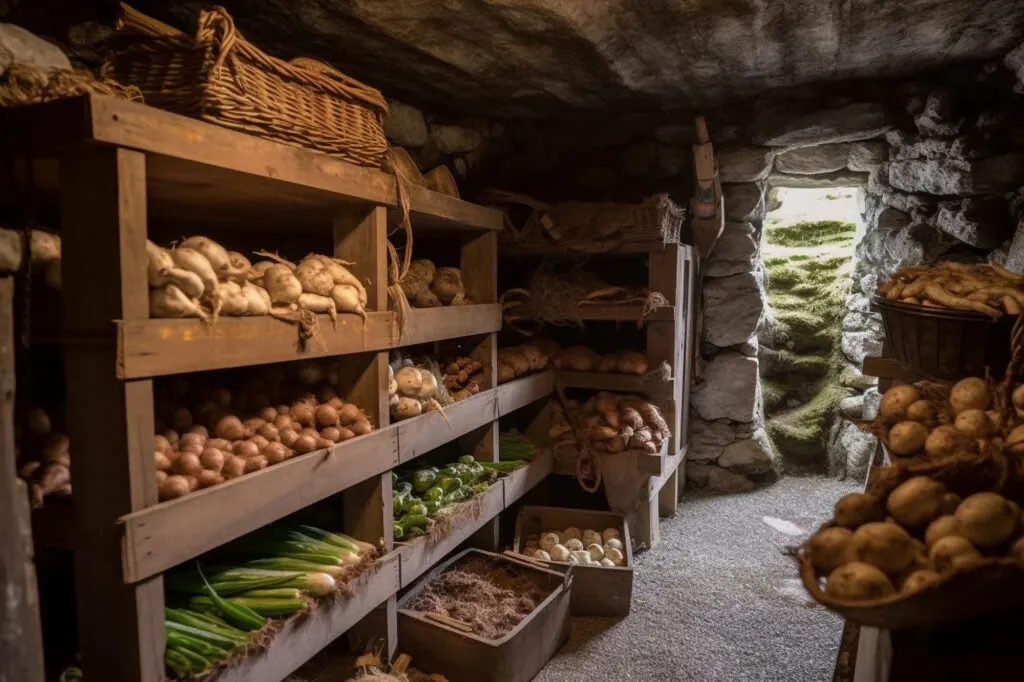
How do I get started homesteading?
If you’re interested in becoming a homesteader, there are a few things you can do to get started. First, it’s important to research and learn as much as possible about the homestead lifestyle. Plenty of books, blogs, and forums are out there to help new homesteaders get started. You can also reach out to other homesteaders in your area or online to ask questions and get advice.
Once you feel comfortable with the basics, it’s time to start planning your homestead. Think about what you want to grow, raise, or produce, and make a plan for your land.
Finally, don’t be afraid to start small and work your way up. Homesteading is a sustainable lifestyle that takes time and patience to build, but with dedication and hard work, you can create a fulfilling life for yourself and your family.
Baby steps are the key to avoiding overwhelm. If you’re not ready or able to grow most of your food or buy livestock, for example, start with a small vegetable garden. That little step will increase your confidence and help you realize you don’t have to depend entirely on outside sources to supply your everyday needs.
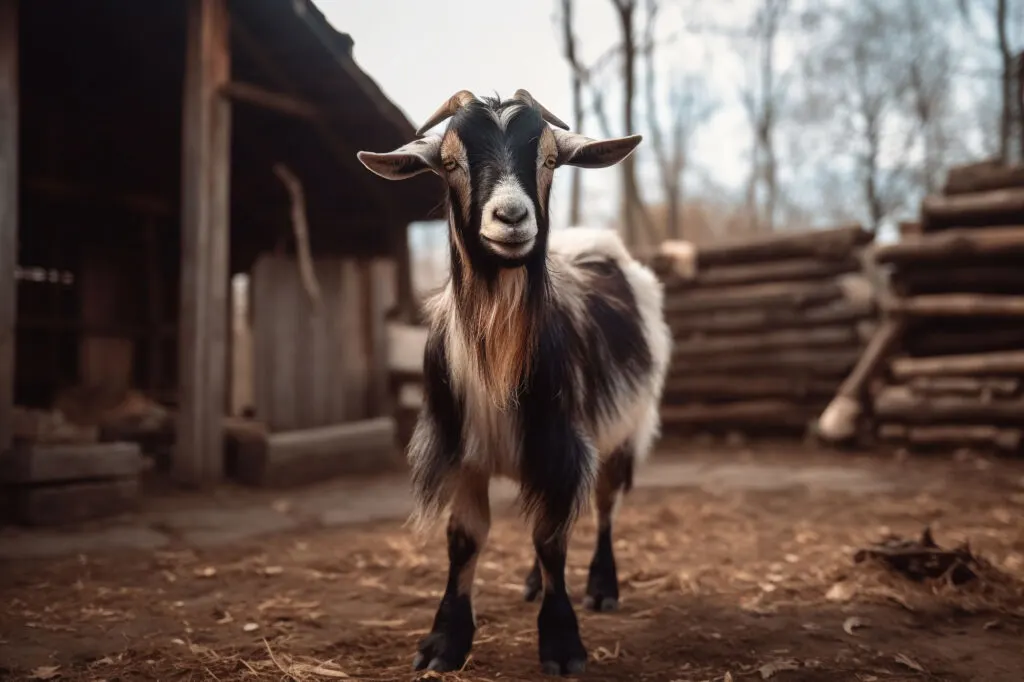
Any of the practices listed earlier in this article can be implemented one at a time, whether you live in an apartment or on an isolated rural property.
We should also note – homesteading does not mean giving up modern conveniences. You can live self-sufficiently without giving up your favorite espresso machine and iPhone. Do what feels right for you, and understand your needs and desires may change over time.
Homesteading offers a path to a simpler, more sustainable, and fulfilling way of life. By embracing the principles of self-sufficiency and environmental stewardship, you can create a healthier, happier life for yourself and your family. Whether you live on a rural farm or in the heart of the city, there are countless ways to incorporate homesteading practices into your daily routine. Start small, learn as you go, and enjoy the journey back to basics!
